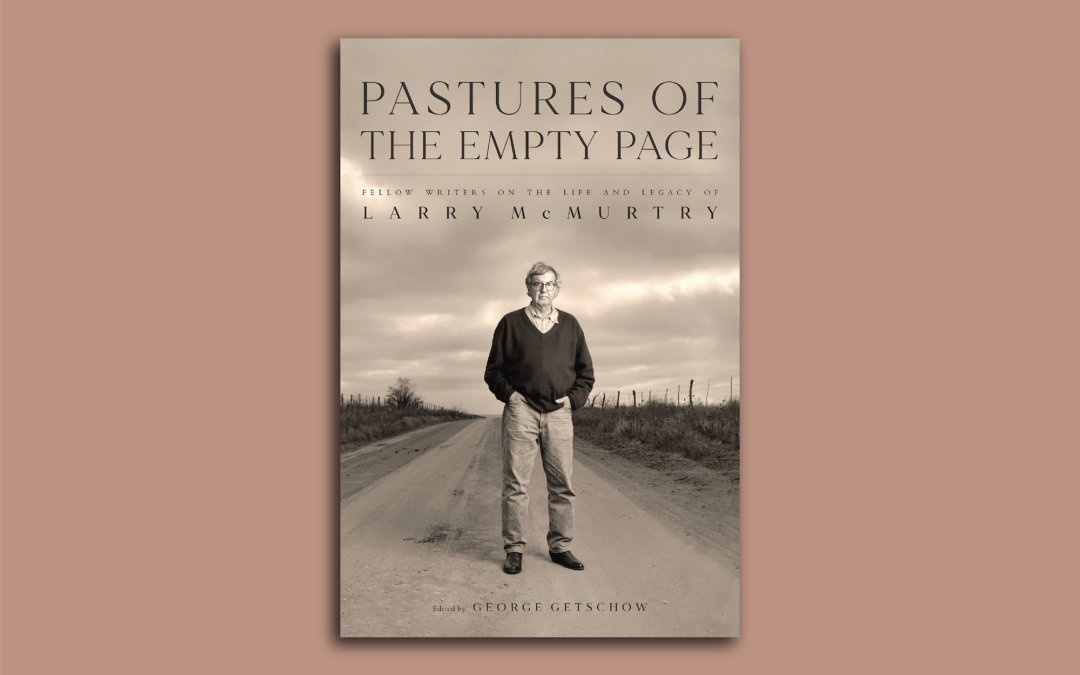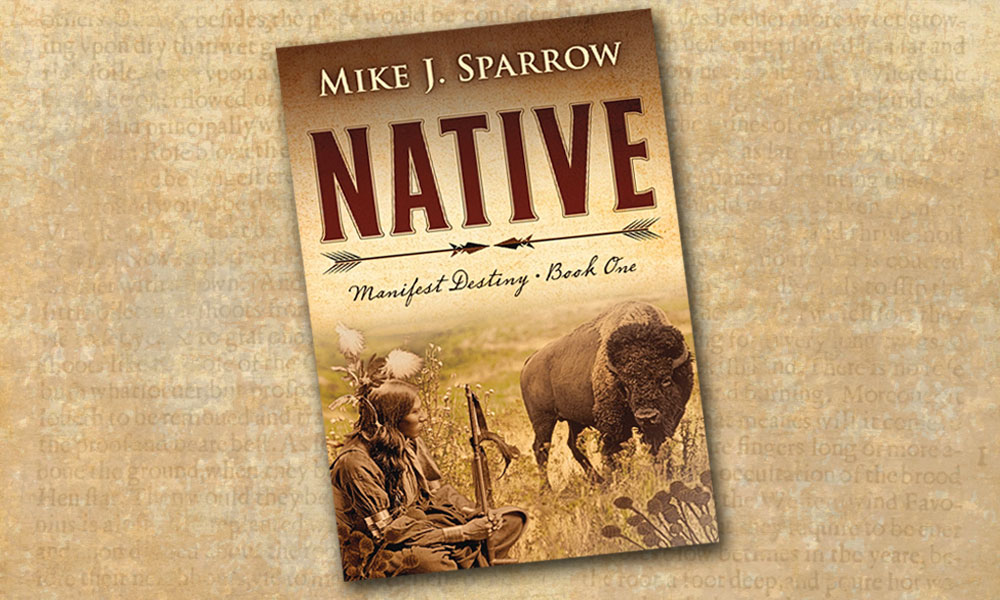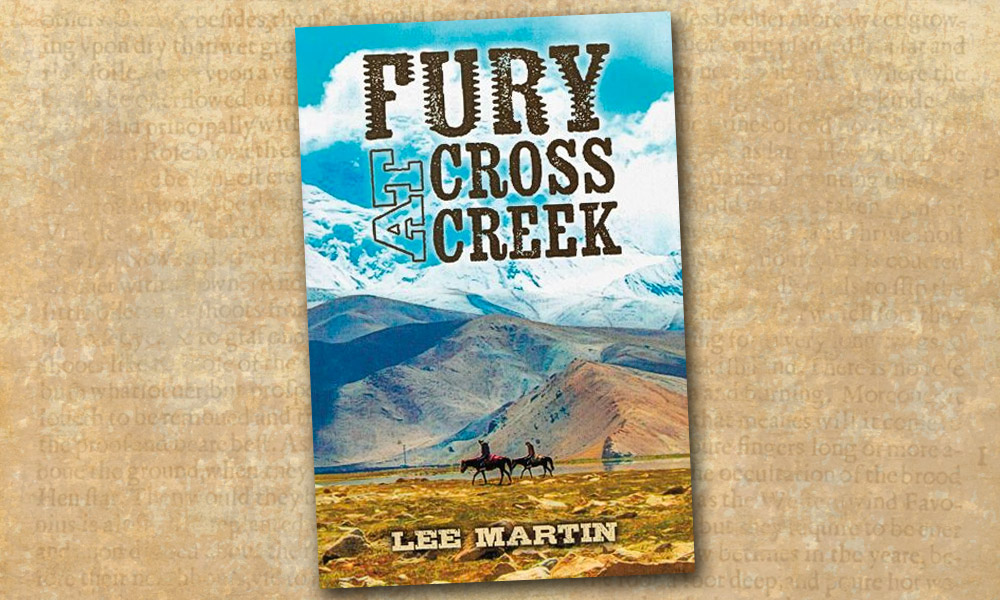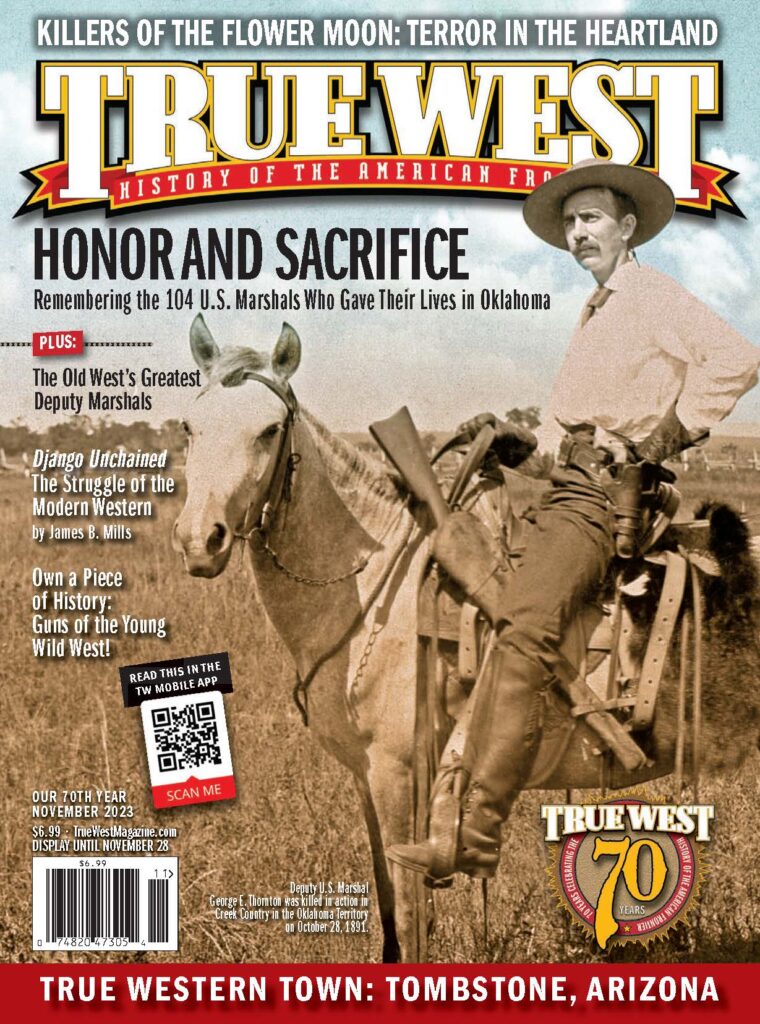A remembrance of Larry McMurtry, a new history of the Mountain Meadows Massacre, a wild Western tale, Apache boarding schools and a new collection of Old West stories.
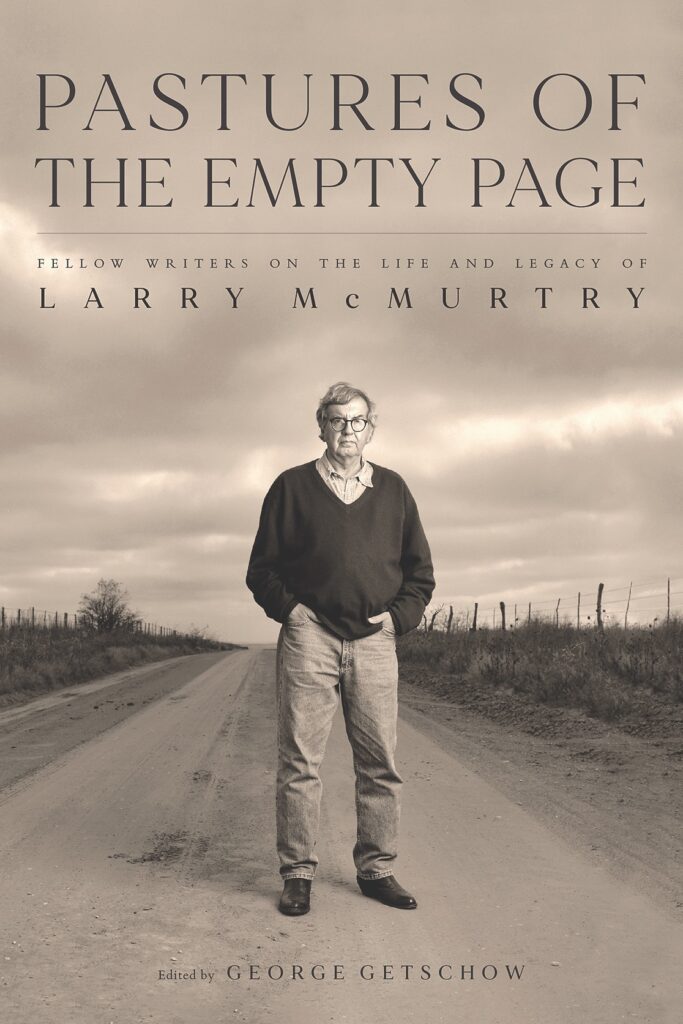
Pastures of the Empty Page: Fellow Writers on the Life and Legacy of Larry McMurtry (University of Texas Press, $29.95), edited by George Getschow, is a timely book for all of us who love the West and writing. From phones to streaming television, we are enjoying a renaissance in Western history and fiction adapted for modern audiences who prefer film or television presentation rather than the written word. But, as we sit back and watch the adaptations of our favorite books, Getschow and his 38 contributors to Pastures of the Empty Page remind us of the importance of the power of the writer and the written word. As Getschow says in his Introduction, “What Larry wrote didn’t always sit well with his family, his community, or even his fellow writers. But he kept writing and writing, filling the pastures of the empty page with stories of the heart.… Stories that remain embedded in our bones.”
Reading essays by contributors W. K. Stratton, Stephen Harrigan and Elizabeth Crook made me reflect on when I first become aware of Larry McMurtry. I believe it is a question many of us asked ourselves after his passing in 2021. I had become very aware of McMurtry after he published Lonesome Dove and his celebrity status after the novel was adapted into the ever-popular television miniseries. But it was my father, Jeb, who told me I needed to follow the trail of words and moving pictures of Hud to Horseman, Pass By to really discover the real McMurtry, a writer like my father’s good friend Max Evans, who wrote about the Southwest with a passion and rare honesty.
Readers of the essays gain a deep sense of McMurtry’s burdens and gifts as a writer. On every word he wrote he toiled with his soul and his roots, ever hoping to give us a greater understanding of himself and ourselves through the prism of his Texas roots.
I believe Pastures of the Empty Page will inspire readers to go back and dive into McMurtry. Sure, Lonesome Dove is on my list as is Walter Benjamin at the Dairy Queen: Reflect-ions on 60 and Beyond (I just turned 60), but they are not at the top of the list. No, I want to reread the first three McMurtry books my father shared with me, three that I believe represent the very heart of McMurtry the man, the writer and the lonely Texan with a typewriter: Horseman, Pass By, The Last Picture Show and In a Narrow Grave: Essays on Texas. There, within McMurtry’s hallowed prose, I will rediscover the voice of a man who could not live without storytelling
—Stuart Rosebrook
Revelations
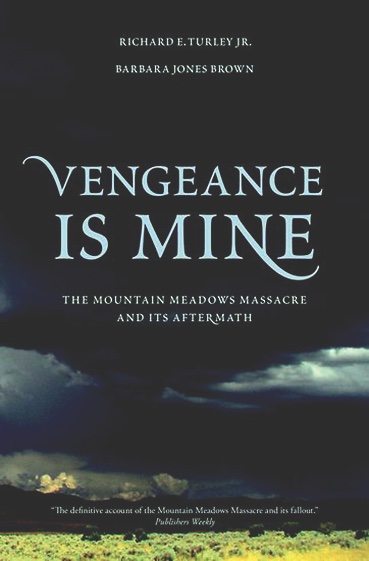
The Mountain Meadows Massacre of 1857 has only recently been understood, thanks in part to qualified scholarship into the incident. When overland pioneers from Arkansas were gunned down in southwest Utah by fanatical Mormons, there was a widespread effort to cover up the story. Historians Richard E. Turley, Jr. and Barbara Jones Brown, members of the Church of Jesus Christ of Latter-day Saints, take a fully objective approach to the horrific events of September 11, 1857, in their new book Vengeance is Mine: The Mountain Meadows Massacre and Its Aftermath (Oxford University Press, $34.95). The monumental and scholarly work is a sequel to their 2008 book Massacre at Mountain Meadows (Oxford). While the book focuses on the conspiratorial and legal maneuvering of the LDS church in the wake of the massacre, it also tells the stories of the few survivors: 17 children who were returned to northern Arkansas.
—Erik J. Wright, assistant editor of The Tombstone Epitaph
A Wild Tale, a Wild Bunch
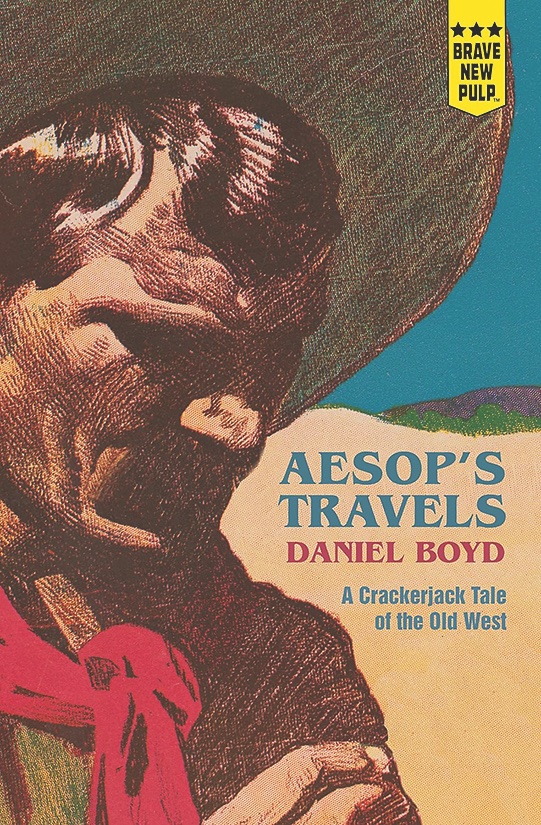
In Aesop’s Travels: A Crackerjack Tale of the Old West (Montag Press, $18.95), author Daniel Boyd writes another witty, character-centric fun read with all the trimmings of misguided logic, unique dialogue and hilarious, one-of-a-kind characters, including Beefy Beaumont, Queen of Egypt owner; Charlie Greenfield, who is saved from a hanging; Little Aesop, a young, orphaned ragamuffin, who is a natural sharpshooter; Horatio, a Chinese cook; Dawg, a madame’s handyman; and well-known outlaw Johnny Pesos, who wears a vest of Mexican pesos. The epic tale follows Charlie and his ragged band on a journey of reckoning in search of his father and brother, who almost had him hanged. Hard to put down, Aesop’s Travels is one of the best reads this year.
—Melody Groves, author of Before Billy the Kid
Voices Raised
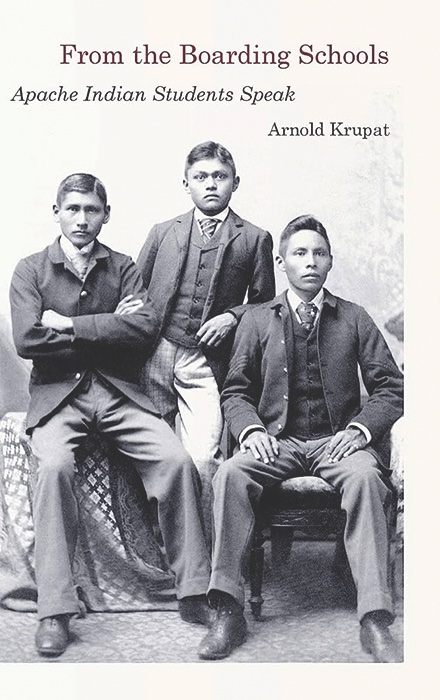
When American Indian youth were placed into boarding schools in the late 19th century, many of their voices were silenced. Professor Arnold Krupat has worked extensively to resurrect some of these lost voices, and his new book, From the Boarding Schools: Apache Indian Students Speak (University of Nebraska Press, $65), sheds new light on the life and times of these people in captivity. Included are selections of two previously unpublished autobiographies by Sam Kenoi and Dan Nichols with the help of Morris Opler, as well as additional material by Vincent Natalish. The latter was one of the Apache children taken from Fort Marion to the Carlisle Indian School. This book helps to bridge a gap in the story between the brutal Apache Wars and their time as POWs in various locations under the control of the United States government.
—Erik J. Wright, assistant editor of The Tombstone Epitaph
Terror in the West
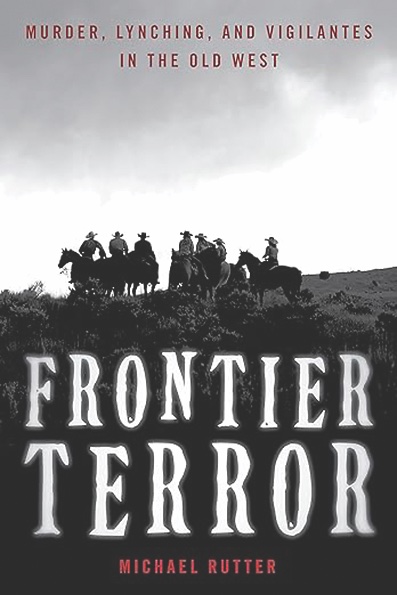
Starting in 1850 Arizona with scalp-hunting John Glanton, about whom almost nothing reliable is known, Michael Rutter takes us on a journey across the legendary Wild West. In Frontier Terror: Murder, Lynching, and Vigilantes in the Old West (Two Dot, $22.95), he regales us with “the famous gunfighting gambler, Doc Holliday, in an apocryphal tale spun by Wyatt Earp [in which Doc] barely avoided the hangman’s noose.” Rutter enlivens the story with an “Unconfirmed photo of Doc Holliday” that shows John Escapule, an early resident of Tombstone and great-grandfather of the current mayor, Dusty Escapule. The author does not detain us with boring facts or chronology, going instead straight to conclusions. Finally, he provides us a version of the legend of Billy the Kid as you’ve never heard it before, based on facts of which no other researcher is aware.
—Doug Hocking, author of
Terror on the Santa Fe Trail: Kit Carson and the Jicarilla Apache
Rough Drafts
A Q&A with Historian Art Burton
Art Burton is a retired history professor who taught for 38 years. A regular contributor to True West, he is considered one of the foremost experts on the history of African American frontier lawmen and outlaws in the West. He is the author of Black, Red, and Deadly; Black, Buckskin and Blue; Black Gun, Silver Star: The Life and Legend of Frontier Marshal Bass Reeves; and Cherokee Bill: Black Cowboy-Indian Outlaw. He makes his home in South Holland, Illinois.
Why should we all know who Deputy U.S. Marshal Bass Reeves was?
After many years of research, I believe Deputy U.S. Marshal Bass Reeves is the greatest frontier hero in United States history. Reeves killed more than 20 outlaws and arrested more than 3,000 felons who broke federal law in the most dangerous territory in the Old West.
Do you believe Bass Reeves has received the attention from historians he deserves?
No, Reeves has not received the attention he deserves. No one knew about him until my book, Black, Red, and Deadly came out in 1991. The U.S. Marshals Service in Washington, D.C., was aware of him, but the public and Western historians were not familiar with his legacy.
How significant is it that producer Taylor Sheridan started his Lawmen series with Bass Reeves?
Sheridan’s production is the first major film project on Bass Reeves, and I hope they do a good job. There will be more movies and series in the future; I hope Bass Reeves’ integrity and character are captured well. It is also important to show the correct historical and cultural dynamic of the Oklahoma and Indian Territories of the late 19th century.
What aspects of Western frontier history need a greater investigation in 2023?
The contributions of African Americans to the Western frontier have not been researched and written about very well. That history has been marginalized, to say the least. There are many stories that need to be told about African Americans who were mountain men, scouts, pioneers, soldiers, lawmen, outlaws, stagecoach drivers, cowboys, ranchers and entrepreneurs. There were Black towns throughout the West; frontier Oklahoma alone had more than 30 Black towns founded by settlers.
What is your next project?
I am working on a book on the wildest town in the Old West—Muskogee, Indian Territory.

